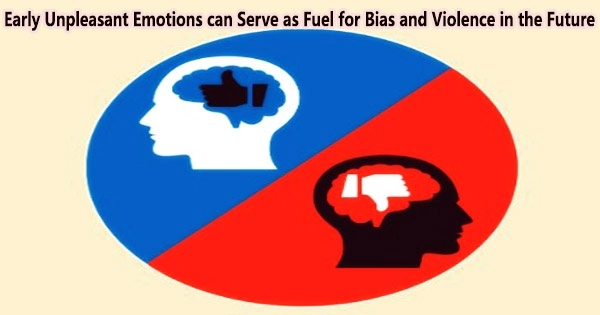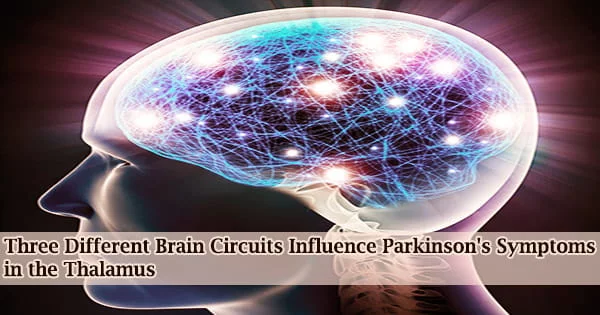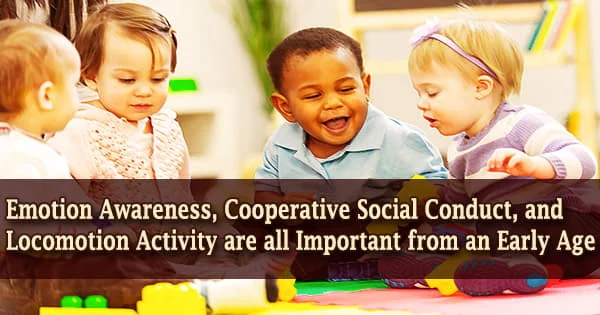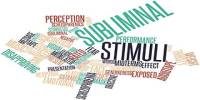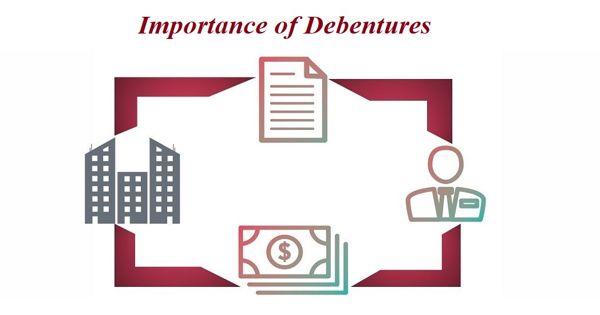Fear and other unpleasant emotions seem to be key to understanding bias and prejudice in people. Fear/terror is very toxic, designed for emergency motivation. According to Silvan Tomkins, distress differs from fear in that it lasts longer and is perceived as being heavier.
Depending on the person or group, distress, fear, and all the other negative emotions anger, humiliation, disgust, and odor can cause an individual or group to become increasingly enraged and violent toward any number of targets.
There are many different ways to explain the psychodynamics at play, often depending on the psychological school of thought and the particular affect at play. For example, one often hears the following terms associated with perpetrators of violence due to bias and prejudice:
- fragile sense of self-esteem
- feelings of inferiority
- compensatory grandiosity; lack of self-cohesion (impaired internal order leading to fear and distress)
They are described as wounded; shamed and humiliated; expressing various current or past traumas; experiencing individual or societal deprivation; and being overwhelmed by the need for revenge (and a rageful effort to gain empathy: “See, this is how it feels!”).
I (Paul C Holinger M.D.) recently heard another example of the fear and anger underlying bias and prejudice. A man was asked in the midst of the pandemic why he wouldn’t take the vaccine: “You are not going to shove that down my throat,” he roared. Who is the “you”?
What caused these feelings and responses I have no idea an early parental transference, a projection of some sort, previous experience, something he had read or heard (e.g., misinformation)? But the fear and rage were palpable.
He perceived the offer of a vaccine as an invasion of his fiercely guarded personal space and sense of self rather than as caring or the desire to assist protect him from danger. He felt that any social or individual activity that invaded that region posed a threat. (One can only imagine how scary his childhood may have been.)
Groups
David Terman integrated affects (especially fear, shame, and anger) with the fundamentalist mindset and violence. Terman suggests that most fundamentalist groups have a very specific set of dynamics that he calls the paranoid gestalt. “It is a general perceptual affective-cognitive organization in individuals and an analogous, shared cognitive structure in groups. The pattern is quite stereotypic, and this invariant regularity is most evident in groups.”
The group believes there is a malicious plot against it, and there are varied degrees of paranoia among the members. “Along with the more recent work on paranoia,” Terman noted, “I have placed much less emphasis on projection and have given much greater attention to the issues of shame and humiliation.” For example, recall the historian Volker Ullrich highlighting the importance of Hitler’s emphasizing Germany’s shame and humiliation post-Versailles as he built up the Nazi party in the 1930s.
Also, there is frequently the belief that the “evil other” must be eliminated in order to achieve some form of utopia. These beliefs may be ingrained from birth or they may develop as a result of narcissistic wounds, humiliation, unfavorable socioeconomic circumstances, war, the need for vengeance, fear, hate, and other factors.
A noteworthy subject in the context of affects is the violence brought on by prejudice and bias. Not only can affect be contagious, various excessive negative affects can lead to anger, rage, and violent behaviors.
When members of one group are slain, causing trauma and anguish, the other group retaliates, and the cycle repeats for a few months to years, the violence sometimes happens within a relatively short amount of time. This type of contagion can be termed within-generation: intragenerational violence. It is seen frequently in urban gang wars.
Another type is called between-generations, or intergenerational, violence and occurs over extended periods of time and many generations, with the rate and desire for retribution continuing for decades or even centuries and frequently including the blending of politics and religion.
Intergenerational violence also occurs in families beset by physical punishment. Those who are subjected to physical punishment are much more likely to use it against others, and it gets passed on from generation to generation.
While negative affects play a role in bias, prejudice, and violence, so do positive affects. Groups such as the KKK, ISIS, and Nazis appear to be motivated by a complex mixture of positive and negative affects.
The groups give vent to the negative affects and offer substitutions for missing positive ones. Cults/antisocial groups provide validation, attention, and positive affects of interest/excitement and enjoyment/joy to people who are often missing them.
For instance, consider the longing for closeness, belonging, attachment, organization; the decrease in tension (enjoyment) when one is appreciated, understood, validated; the sense of order when there is a shared purpose and goals.
These group advantages have a significant role in the changes some members make after leaving these groups. People are frequently lured into violent cults and then leave them for other groups by the beneficial effects of belonging to a group.
Affects and Leaders
Leaders can be very influential with respect to bias, prejudice, and violence. The power to strengthen both positive and negative effects on people and communities. The oft-debated question do the times make the leader or does the leader make the times seems dependent on specific situations and a host of variables.
Ullrich gives an example involving Adolf Hitler: “Without Hitler, the rise of National Socialism would have been unthinkable.…Nonetheless, the special conditions of the immediate post-war years were also crucial: without the explosive mixture of economic misery, social instability, and collective trauma, the popular agitator Hitler would never have been able to work his way out of anonymity to become a famous politician.”
There is no denying, however, that certain leaders have the ability to employ both positive and bad effects to inspire their followers and advance their goals, regardless of the circumstances around the leader in issue. Hitler was an expert at stirring up dread, disgust, and wrath in his audiences, as well as enthusiasm and delight.
